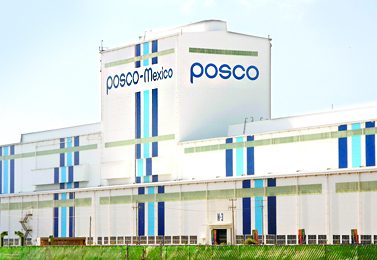South Korean steel giant POSCO is further strengthening its hydrogen alliance with German engineering powerhouse Linde, with a bold move toward on-site hydrogen production in Mexico. This strategic partnership promises to revolutionize steelmaking in the region, boosting sustainability and paving the way for cleaner automotive manufacturing.
Under the agreement, Linde Mexico will construct a dedicated hydrogen production facility within POSCO’s continuous hot-dip galvanized steel (CGL) plant in Altamira, Tamaulipas. This on-site production will directly fuel POSCO’s galvanizing process, eliminating the need for external imports and ensuring a stable supply of this critical gas.
The Linde facility will occupy 1,600 square meters within the CGL plant, and environmental impact assessments are already underway. While steam methane reforming (SMR) using natural gas remains the chosen production method, Linde plans to mitigate its environmental footprint by incorporating spare storage facilities and potentially supplying surplus hydrogen to nearby customers.
The move is considered a game-changer for POSCO’s Mexican operations. Hydrogen plays a crucial role in the galvanizing process, and having a dedicated on-site source offers numerous advantages. Faster response times to demand fluctuations, reduced transport costs, and enhanced quality control are just some of the benefits POSCO stands to gain.
POSCO’s Altamira plant boasts impressive capabilities, with a combined annual CGL production capacity of 900,000 tons. It supplies high-quality galvanized steel sheets to major automakers like Volkswagen, GM, and Chrysler, not only in Mexico but also across the South US. As the second largest auto sheet producer in Mexico, POSCO’s commitment to cleaner steel production holds significant implications for the entire region’s automotive industry.
While SMR generates some carbon dioxide, POSCO’s partnership with Linde reflects a conscious effort to move towards greener alternatives. The on-site production eliminates long-distance transportation emissions, and exploring surplus hydrogen sales to other customers could further promote its wider adoption in the region.





